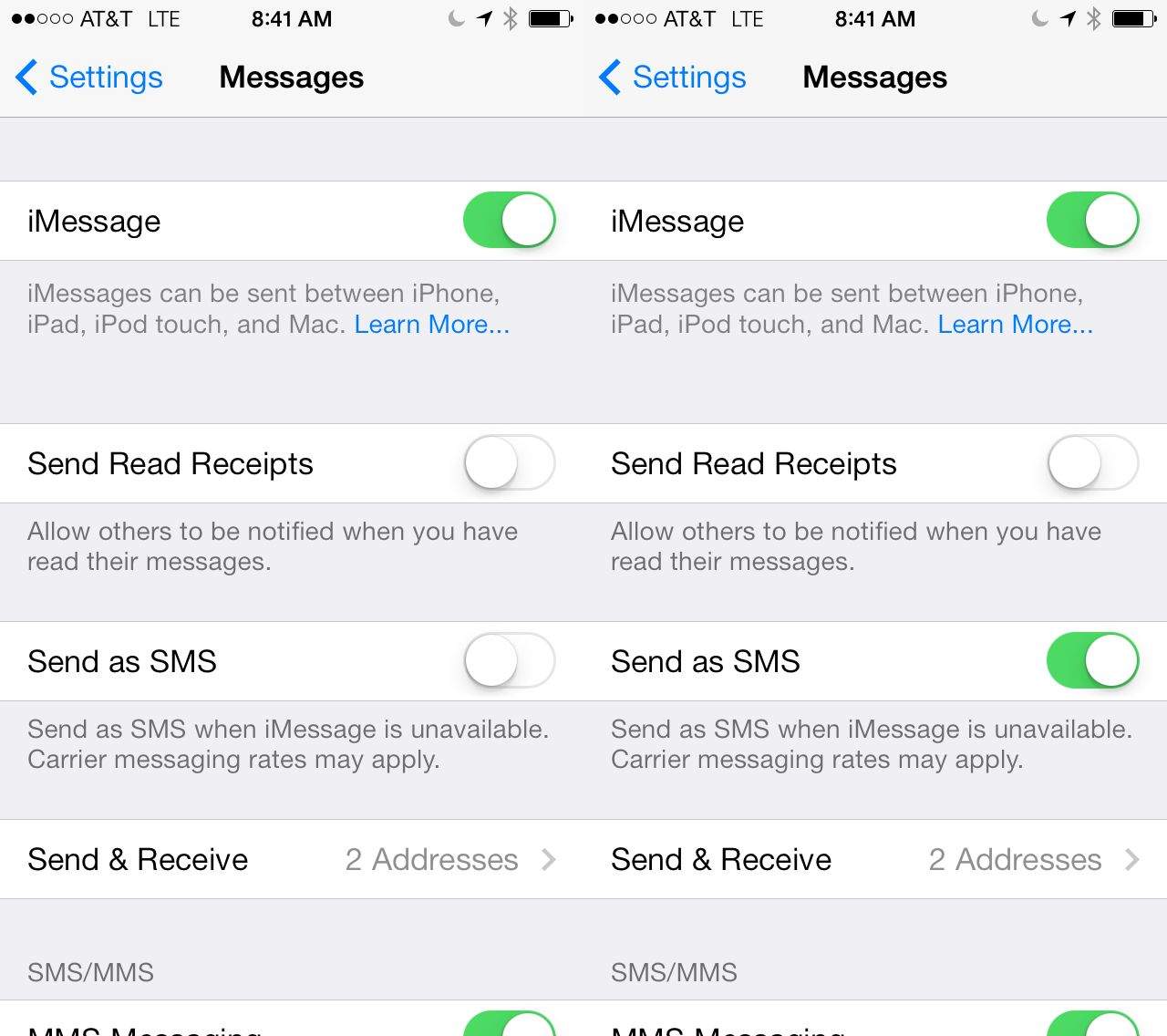
Understanding the Basics
When Android users face issues with receiving texts from iPhones, several factors could be at play. Here are the primary reasons:
- Network Connectivity: SMS and MMS messages need a stable cellular network. Weak signal strength or no connection can prevent message delivery.
- iMessage Interference: If your Android device is linked to an iMessage account, texts might be delivered via iMessage instead of SMS or MMS.
- Settings and Configuration: Misconfigured settings on both devices can block message delivery. Ensure the iPhone's Messages app sends messages as SMS or MMS.
- Spam Filters: Android's spam filters might flag messages from iPhones as spam, directing them to the spam folder.
- Software Updates: Outdated software or messaging apps can cause compatibility issues between Android and iOS devices.
Troubleshooting Steps
Verify Cellular Connection
Ensure your cellular connection is active with decent signal strength. Disable Airplane Mode if enabled, and confirm cellular data is on. Navigate to Settings > Network and internet > Internet, tap the gear icon next to your carrier, then check the Mobile data toggle.
Check iPhone’s SMS and MMS Options
Ask the other person to open the Settings app on their iPhone, scroll down, and select Messages. Ensure Send as SMS and MMS Messaging are enabled. These settings allow texts to go out over SMS if iMessage delivery fails and enable media content delivery.
Scan Blocked Contacts
Accidentally blocking a contact can prevent message reception. Review your blocked numbers list and unblock any necessary contacts.
Update Android and Its Apps/Components
Outdated software can cause issues. Check for updates to Android and its core components, such as Google Messages, via the Google Play Store. Updating ensures compatibility and rules out software-related problems.
Remove Number from iMessage (If Applicable)
If your number is still linked to iMessage, texts may be delivered that way instead of SMS or MMS. If you have your iPhone, go to Settings > Messages and switch off iMessage, then go to Settings > FaceTime to disable it. If you no longer have your iPhone, use Apple’s Deregister iMessage web tool.
Restart Your Phone
A temporary cache-, carrier-, or process-related glitch might be resolved with a simple reboot.
Clear Out Your Messaging App’s Cache
Clearing your messaging app’s cache can help resolve issues. Navigate to your app settings and clear the cache.
Reset Your Phone’s Network Settings
As a last resort, reset your phone’s network settings. This will forget network logins, requiring reconnection. Recent Android versions offer a Reset Mobile Network Settings option that leaves Bluetooth and Wi-Fi pairings intact. Follow these steps:
- Open the Settings app and scroll to System.
- In the System submenu, select "Reset options" at the bottom.
- Select "Reset Wi-Fi, mobile, & Bluetooth."
Check Spam Folder
Android sometimes flags iPhone users as spam. If someone complains about you not receiving their messages, check the spam folder. To access it:
- Open Messages, tap the three lines in the top left corner, and select "Spam & blocked."
- Find the number in question and open the thread.
- If the message isn't spam, select "Not spam." The thread will move to your regular inbox.
Additional Tips
Physical Number Entry
Try physically entering the Android phone number on the iPhone's text message. This prompts the iPhone to reevaluate the user's iMessage status, temporarily shutting down service and saying "message fail try again in a couple minutes." The bubble will turn from blue to green.
Carrier-Specific Issues
Carrier-specific issues can also cause problems. If all steps fail, contact your carrier for further assistance. They may need to open a network ticket or perform additional troubleshooting steps specific to their network.
